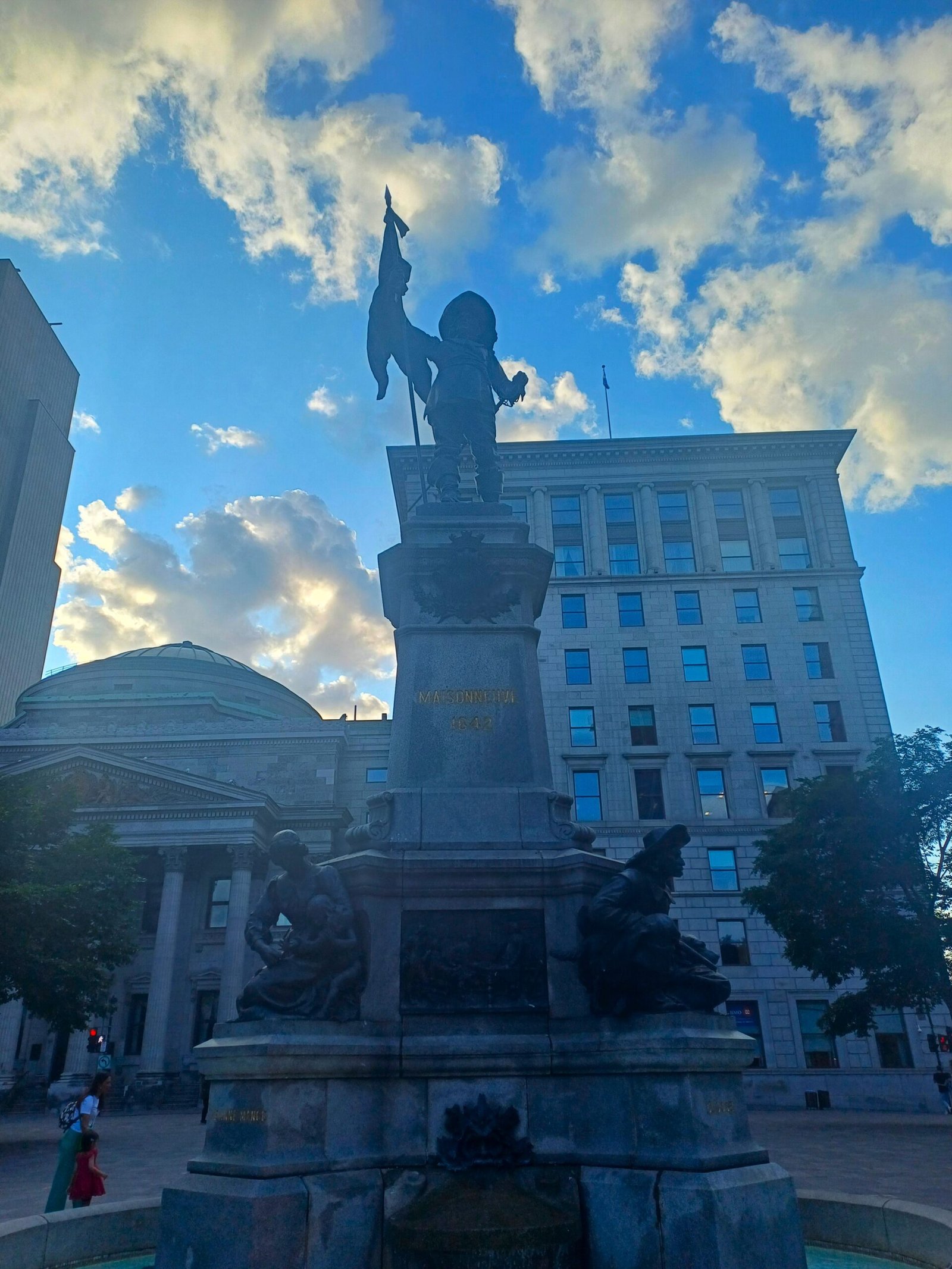Lessons Learned from 3 Months of Slow Travel:
Eco and Budget-Friendly Tips
Long-term travel can be both rewarding and sustainable, but it takes careful planning. Here’s what I’ve learned to help make your travels better for both your wallet and the planet.
Start Budgeting Early
Planning a year ahead can make a huge difference. Set a maximum travel budget, divide it by 12, and save that amount each month. I recommend keeping a dedicated section in your budget spreadsheet to track actual expenses, and don’t forget to build in a buffer for unexpected costs. When you put the numbers down on paper, it’s easier to see how quickly costs can add up—so it’s better to face reality early and plan accordingly.
Accommodation Tips for Long-Term Stays
Longer stays often come with discounts—usually after three weeks to a month. However, staying in one place for an extended period has its risks, like not enjoying the area or accommodation. That’s why communication with the host is key. Pay attention to how responsive they are and carefully examine the photos and reviews. Look out for honest low-star reviews, and see how the host responds to criticism. This can give you a clearer picture of what to expect.
Know what you need to be comfortable—whether it’s reliable internet, blackout curtains, access to laundry, or a kitchen. Use a cooling-off period after selecting a place to revisit your choices after a few days, once the initial excitement has faded. Always look for accommodations with a free cancellation policy, just in case.
Sustainability Tip: Ask about recycling facilities and take advantage of platforms like Booking.com, which now feature sustainability ratings.
Prioritize Locations with Public Transportation
Car rentals can significantly increase your expenses, so it’s best to choose a location with accessible public transportation. Look for places where you can walk to amenities, enjoy local entertainment, and explore the surroundings without needing a car.
Support Local Businesses
Buying local is not only more economical but also supports the local economy. I always seek out fruit and vegetable markets, bakeries, and butcher shops frequented by locals. Dining at local restaurants is often cheaper than tourist hotspots, and it’s a great way to immerse yourself in the local culture.

I try to seek out destinations where I can connect with nature and stay active. Being close to outdoor spaces like parks, beaches, or hiking trails enhances the experience of a long-term stay and offers built-in opportunities for exercise. If staying in a city, renting an e-scooter or bike is a great way to explore while staying fit and cutting down on transportation costs. Plus, it can save on expensive excursions while providing a more authentic, local experience.

Recent Sustainability Observations from My Travels
During my recent travels through the U.S., Canada, and Panama, I’ve observed encouraging strides as well as areas that still need improvement in sustainability efforts. Below, I highlight some of the hotel sustainability initiatives I encountered that stood out to me. These are great practices that can easily be adopted by any vacation rental
Positive Changes
Recycling in Hotels: More hotels, like the Marriott Townsend Suites, are taking steps to reduce waste by placing recycling bins in guest rooms and common areas. Although disposable items are still in use, some properties have switched from plastic to paper alternatives—a small yet meaningful move towards sustainability.
Refillable Toiletries: The shift to refillable toiletry systems not only cuts down on plastic waste but also enhances the guest experience. Hotels that provide refillable options for shampoo, conditioner, body wash, hand soap, and lotion create a feeling of luxury and abundance, unlike the awkward, wasteful single-use bottles.
Reusable Dishware: Introducing reusable dishware in hotel breakfast areas or guest rooms is a major improvement for waste reduction. In situations where disposable options are still needed, switching from plastic to paper is a positive step forward.
Water Conservation and Guest Incentives: Offering incentives for guests to reuse towels or limit laundry services is a simple yet effective way to conserve water. This not only benefits the environment but also encourages guests to be more mindful of their consumption.






Areas for Improvement
One surprising observation was how often people, even when seated, opted for disposable dishware in places that offered reusable options—such as a hotel in Miami and the American Airlines lounge. Perhaps better signage encouraging guests to relax and use ceramic dishes could help change this behavior. It might be a subconscious habit that could shift with simple reminders like, “Relax and enjoy—we’ll take care of the dishes.”
Recycling Needs More Clarity
During my travels, I noticed that many places lacked clear guidance on how to recycle properly. Clearer signage, ideally with imagery, would make a big difference. People need to know what can be recycled and how, including whether items need to be rinsed, as rules can vary from place to place. Imagery is especially helpful when language barriers exist.
Composting: The Missing Link
In my recent travels through Canada, the U.S., and Panama, I found composting to be rare—though it was more common in Airbnbs in Slovenia or Croatia. This is a huge missed opportunity. Composting organic waste is essential, as methane emissions from landfills have 11 times the atmospheric impact of carbon dioxide. Healthy soil, enriched by compost, is directly tied to human health, as we’re learning from the growing focus on gut health and probiotics. More education and encouragement could help vacation rentals and tourists overcome any fears or hesitations about composting.

Final Thoughts
Traveling for extended periods doesn’t have to mean compromising on sustainability or blowing your budget. With some thoughtful planning, you can make your next long trip both eco-friendly and cost-effective.
Sustainable Travel Must-Haves
Here are some travel product packing ideas that I personally recommend. With sensitive, aging skin, I’ve found that these eco-friendly skincare products work wonders for me. Additionally, the other items listed are my travel essentials that I always keep on hand
- Reusable bags and a foldable pouch backpack
- Reusable produce bags (for grocery shopping)
- A yoga towel (lighter and more pliable than a mat)
- Happy Hippy serum kit (for skincare)
- Hushed voip number (for international phone calls)
- 3UK Travel SIM card (for data abroad)
- Lifestraw Travel bottle (to avoid plastic water bottles)
- Tepezcohuite Night Cream (skincare moisturizer)







